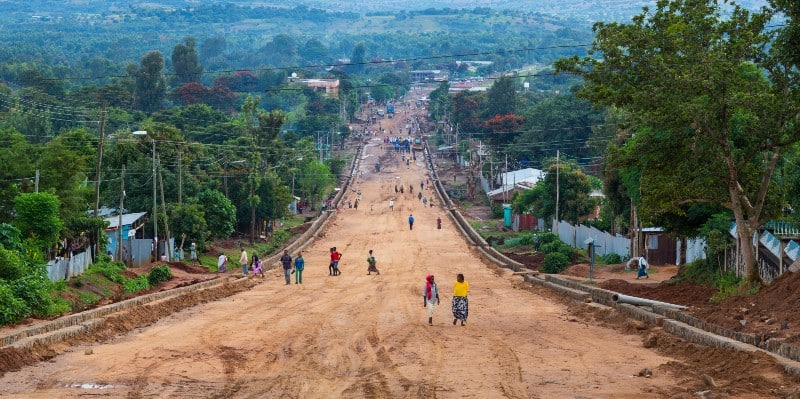The United States Agency for International Development (USAID) recently announced the Africa Localization Initiative, designed “to direct more funding to local organizations based in sub-Saharan Africa.” The first goal of the initiative is to direct up to 25% of the agency’s funding to local organizations. The second is that local communities will be responsible for designing, implementing, and evaluating programs.
On the surface it seems a good idea to direct more funding and ownership to local organizations and communities. But this well-intentioned decision could have unintended consequences and deepen Africa’s dependence on US aid over time, and not reduce it.
If the capabilities of local organizations are not developed to solve local problems in a way that creates innovative solutions that result in new markets, then, over time, local African organizations will become more dependent on USAID.
Understanding capabilities
An organization’s capabilities are made up of three distinct factors: its resources, processes, and priorities. Each factor impacts an organization’s ability to innovate.
Resources are the most tangible of the three factors in an organization’s capabilities. Resources include people, equipment, technology, brands, information, intellectual property, relationships, and cash, which USAID has prioritized will go to local organizations. Most resources are visible and are often measurable, so people can readily assess their value.
Processes represent the patterns of working together, coordination, communication, and decision making through which an organization transforms inputs of lower value into products and services of higher value. Processes are how an organization uses its resources to create value.
Examples of processes are the way an organization sources funding, does procurement, hiring, and budgeting. Most processes within organizations–including those that are universally loved and hated–emerge in response to specific tasks, especially those that are recurring.
As the Africa Localization Initiative takes root, many African organizations will align their processes in a way that makes them attractive recipients of USAID funding.
Over time, an organization’s processes morph into its priorities.
Priorities are embedded in an organization’s business model and define how people make decisions. Managers must determine what new projects to pursue and which ones to ignore; salespeople must decide which customers to call and executives must decide which new initiatives to fund.
Across the organization, employees at every level have to make prioritization decisions on a daily basis. As a result, managers and senior executives must do a good job of communicating the vision and goals of the firm to help enable people to more easily make these decisions. Employees have to make decisions that help their organization stay sustainable and make money in the way it is structured to make money.
Together, these three components comprise an organization’s capabilities.
So, if USAID begins channeling funds to local African organizations, these organizations are likely to develop capabilities–acquire resources, develop processes, and prioritize USAID goals–similar to those of American development organizations. And this can have the unintended consequence of making these African organizations dependent on USAID.
USAID, however, can go a step further by anchoring its priorities on a thesis of creating new markets that expand access.
For example, if USAID focuses much of its efforts on cultivating a culture of market-creating innovations, these local organizations will adjust their capabilities to prioritize market-creating innovations. And as they develop capabilities to attract funding from USAID, the funding will be used to create new and expand existing markets. This shift can lead to the end of aid in Africa.
It has happened before.
In the early 1960s, then US President John F. Kennedy called for investing in the kind of aid that could “end aid” and ultimately “help people help themselves.” This was the approach taken to funding aid projects in Taiwan and South Korea.
In Taiwan, much of the aid invested in the small island nation went towards infrastructure, agriculture, human resources, and industry. By investing in these types of projects, aid can kill two birds with one stone: infuse capital into a country and also build capabilities to create and grow new markets.
In South Korea, USAID and funding from the World Bank helped the country build and create new markets that have catapulted the country to one of the world’s richest economies. For instance, the country borrowed from the World Bank “to build rail, highways, irrigation, schools and universities. As its economy grew, Korea moved on to industrial development, workforce education and research and development.”
There is a model to fund local organizations and projects in a way that reduces, not increases, dependency. Aid in these two nations provides a playbook.
The USAID’s Africa Localization Initiative is a step in the right direction. However, without focusing on what capabilities local organizations are going to build, it could create more dependence and ultimately cause more harm than good. Now is the time to design it so it achieves the intended purpose.


